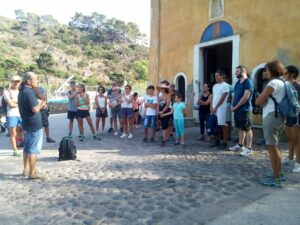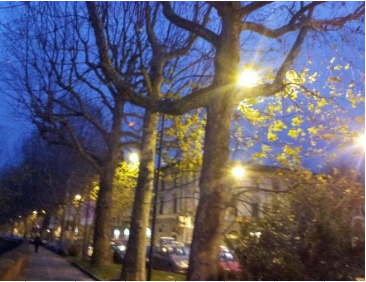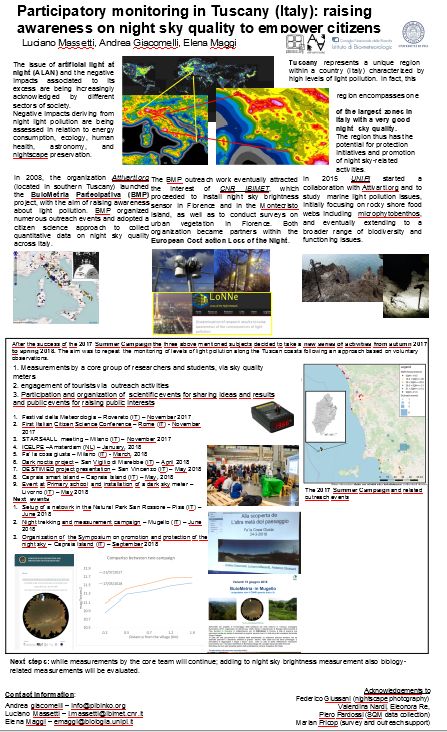A. Gini (1,2), M. A. L. Zuffi (2)
(1) Via A. Gramsci 191, 55100 Lucca (Lucca), Italy – andreaeugenio.gini@gmail.com
(2) Museo di Storia Naturale, Università di Pisa, via Roma 79, 56011 Calci (Pisa) – Italy – marco.zuffi@unipi.it
Abstract
Artificial light at night (ALAN) is a threat to ecosystem, which due to
urbanization it is increasing globally. This review is part of a wider
project proposal of evolutionary ecology in urban and peri-urban
populations of the Italian fauna. Here we provide an overview of
the effects of light pollution on a plethora of organisms, as well as
of ecosystem functions. Cloud cover can increase the area where
light irradiance arrives, potentially affecting peri-urban habitats
like wetlands. Polluted aerosols and the different thermal regimes
of cities can increase the phenomenon of cloud cover, directly
amplifying ALAN.
Light alters both physiology functions like metabolism, circadian
rhythms and behaviours like activity and interactions. This
alteration in a wetland area can potentially affect the entire
ecology of zooplankton, aquatic insects, urodeles, and anurans.
Another common effect of ALAN is the attraction of nocturnal
insects, especially moths. They can provide a window to small-
scale evolutionary and trophic alteration studies, because they
affect the diet of their predators and the delicate equilibrium of
the ecosystem. Lastly, an augmented presence of light can alter
the effects of communication signals, or create new ones. Visual
communication mediated by colours, shapes, and signals is very
common between animals, especially for courtship. Light can
dimmer the contrast between the environment and an organism,
blinding the communication, but can also exacerbate a shape or a
reflectance colour in camouflaged animals.
All of these phenomena participate with many others in the
differentiation of the urban environment, and they are all necessary
to enlighten how the evolution acts in their ecology.
KEYWORDS: ALAN, urban ecology, evolution, natural selection, adaptation,
environment.
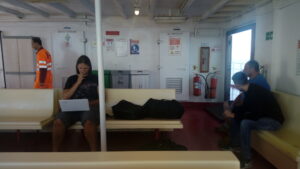
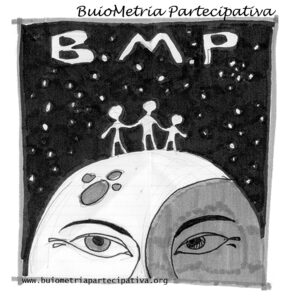
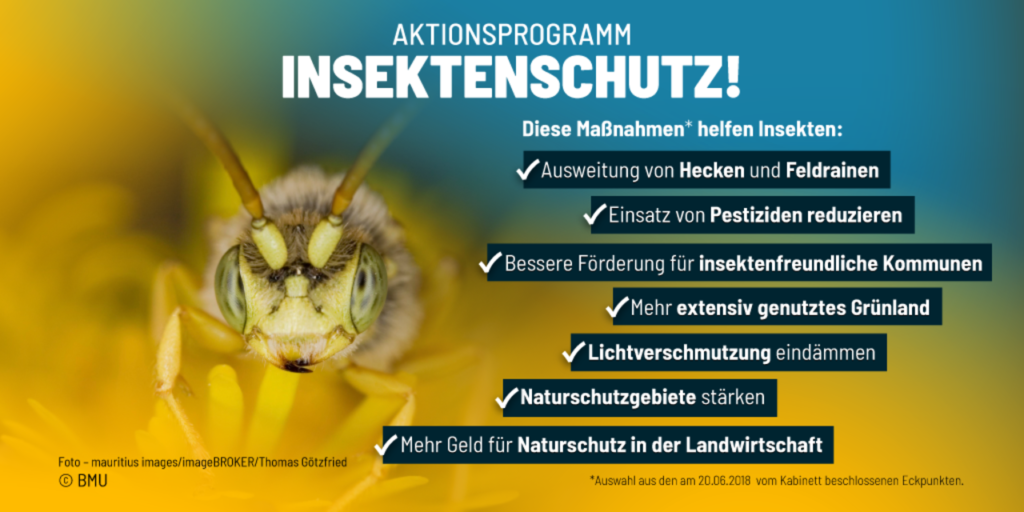
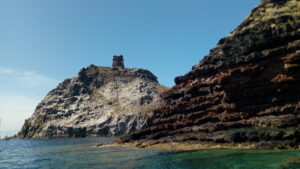
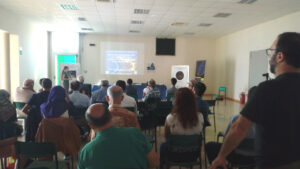

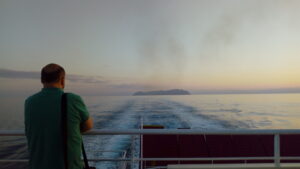
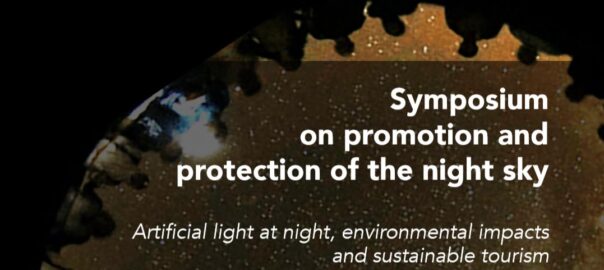
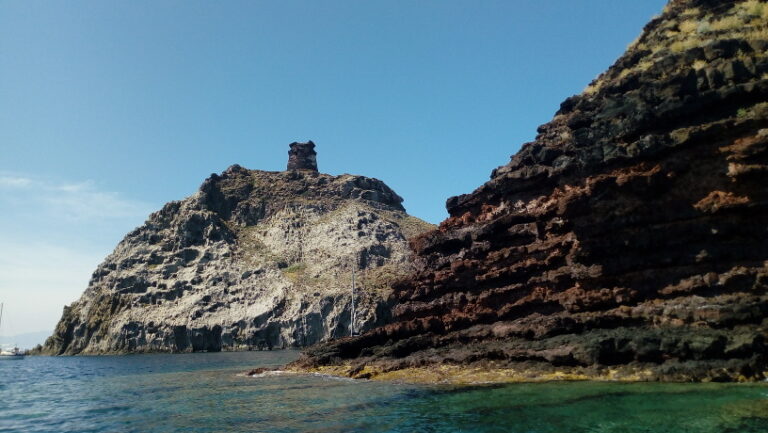


 Night sky quality is attracting an increasing interest in a wide range of specialists and in general audiences, with the gradual spread of awareness on issues such as light pollution, quality of lighting, and on the tourism potential that the night sky resource can represent.
Night sky quality is attracting an increasing interest in a wide range of specialists and in general audiences, with the gradual spread of awareness on issues such as light pollution, quality of lighting, and on the tourism potential that the night sky resource can represent. The symposium will deal with all aspects related to artificial light at night, spanning from enviromental light pollution issues, to socioeconomic benefits associated to night skies of good quality in rural areas and parks, with a specific focus on marine and coastal issues. In this respect, the
The symposium will deal with all aspects related to artificial light at night, spanning from enviromental light pollution issues, to socioeconomic benefits associated to night skies of good quality in rural areas and parks, with a specific focus on marine and coastal issues. In this respect, the 